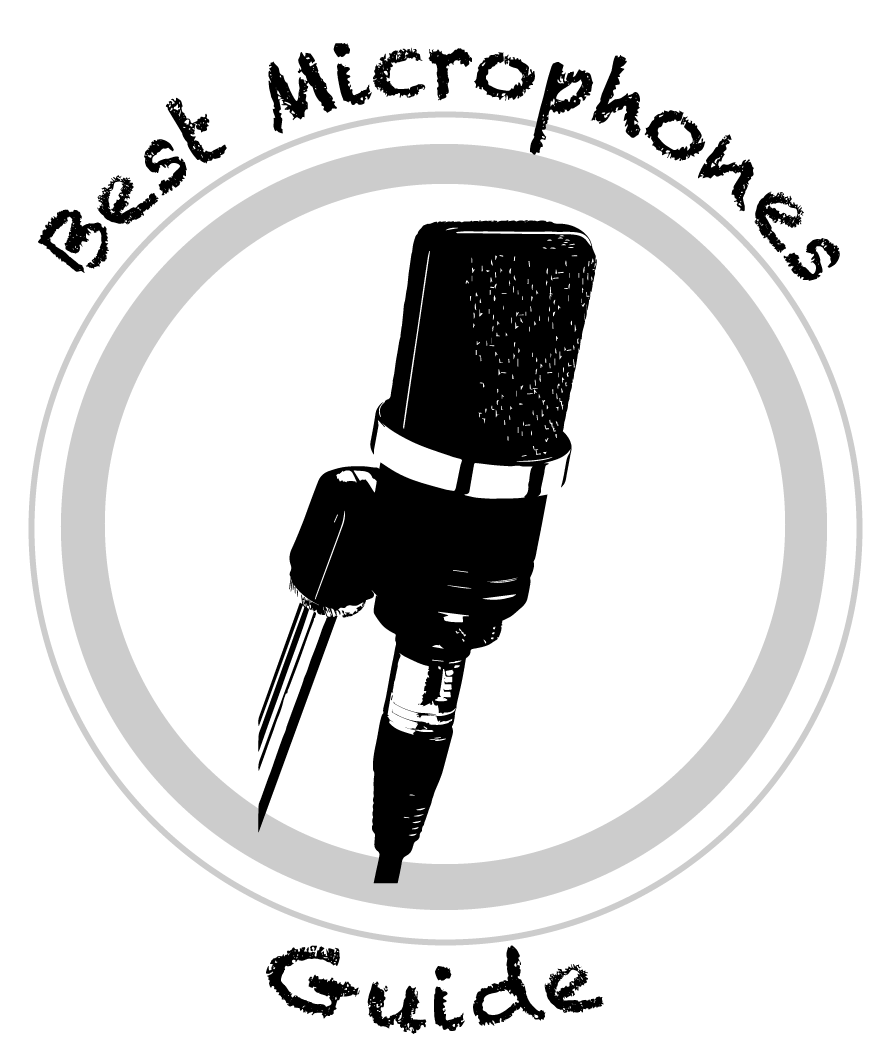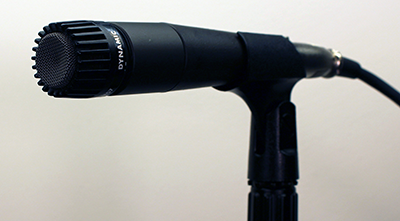As an Amazon Associate, I earn from qualifying purchases at no additional cost to you.
What is a Mic Activator?
A mic activator is an inline signal booster designed to provide 20-25 dB of clean gain to low output microphones.
What Problem Do Mic Activators Solve?
Dynamic and ribbon mics, which unlike condenser mics, do not use phantom power, are often lacking in adequate gain. Simply put, many of them produce a weak signal. The weak signal that they produce is often below “line-level” which is the standard signal strength that recording audio equipment communicates at.
Some of these mics have a more significant problem with this than others. For example, the popular Shure SM7B microphone is known to have this issue.
How Do Mic Activators Save the Day?
To solve this problem, a mic activator is placed between the mic and the audio interface in your signal chain and increases the signal strength of the microphone with clean gain that does not raise the noise floor.
Why is this important? Sometimes if you have a more affordable audio interface (and therefore not as high quality), cranking the gain way up can result in a poor sound, as the noise floor is raised as you approach maximum gain.
What are Some Top Mic Activators You Can Buy?
Some of the top mic activators are the Cloudlifter CL-1, Cloudlifter CL-2, and the Triton Audio Fethead.
If you have struggled with weak signal problems on dynamic or ribbon microphones, getting a mic activator may be a worthwhile investment.
Additional notes:
The mic activator needs the phantom power of the audio interface in order to work.
A mic activator may also be called a microphone booster or an inline pre-amp.



